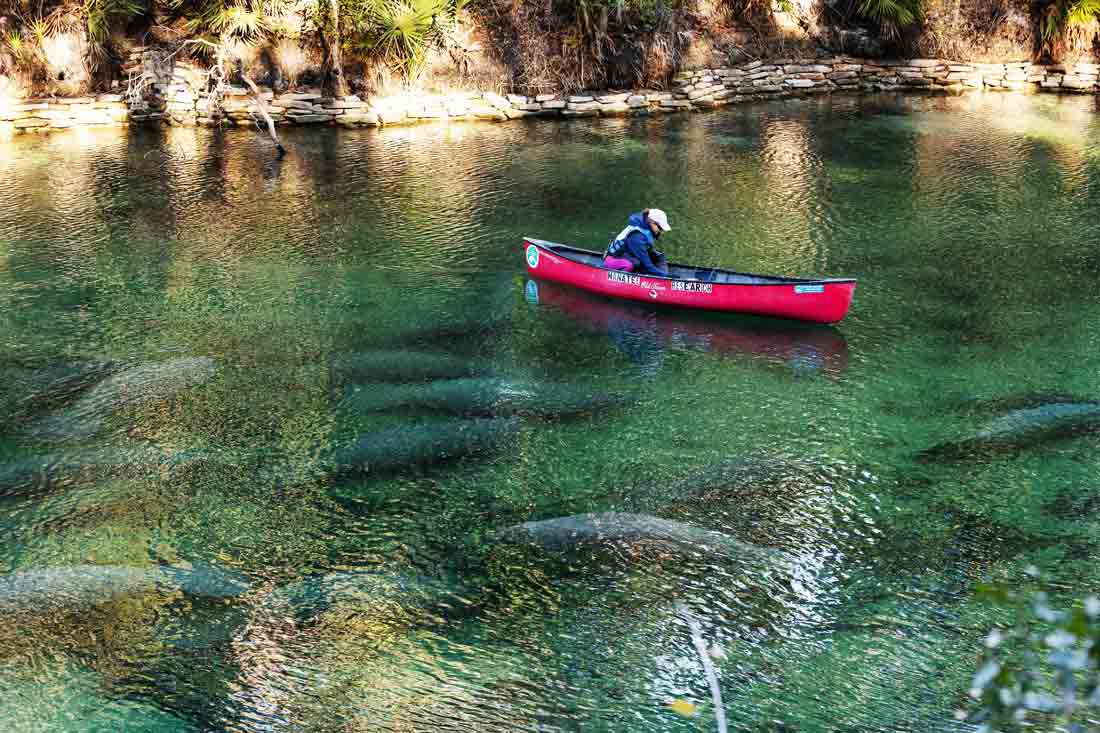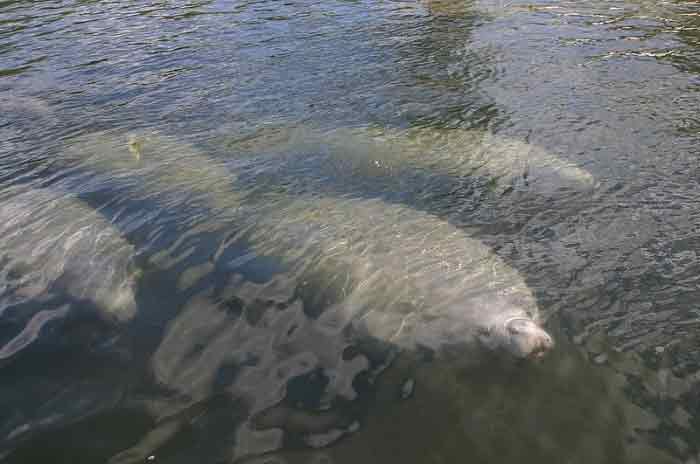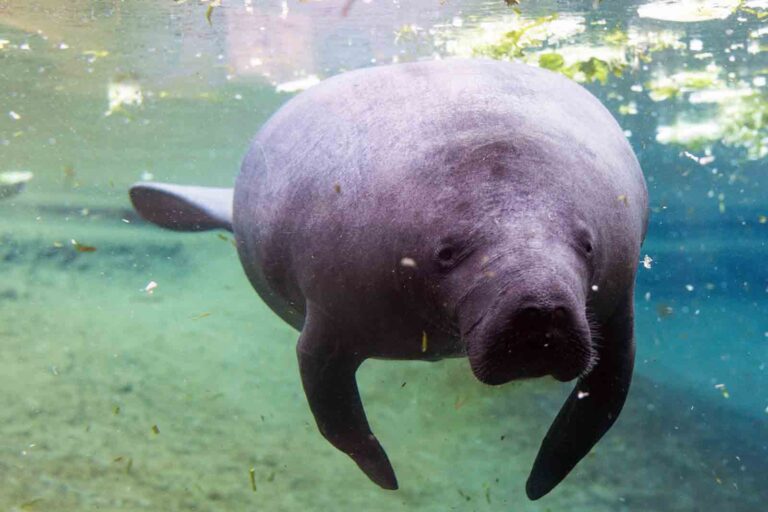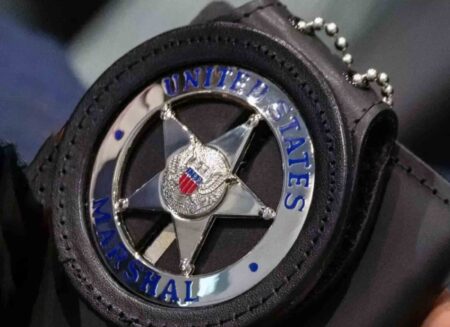NICEVILLE, Fla. — Niceville.com is teaming with the University of Florida’s Institute of Food and Agricultural Sciences to publish a weekly “Who’s that Critter” series, where wildlife experts are sharing quick guides to native animals.
We’re starting with the Florida manatee, a protected herbivore often seen in shallow coastal waters. This first feature draws on insights from Maia McGuire, associate program leader for marine and coastal Extension.
The Florida manatee is a subspecies of the West Indian manatee. It can live in fresh or salt water and is found mainly in shallow coastal areas around the state, Ms McGuire said.
In summer, manatees may range as far west as Texas and as far north as Delaware Bay. They are sometimes seen locally, including in Boggy Bayou. When water cools in late fall, they return to warm-water sites because they lack blubber and cannot survive cold conditions.
Manatees are often called “gentle giants.” Adults average about six feet in length and roughly 1,000 pounds, yet they are plant-eaters. They graze primarily on aquatic vegetation and will sometimes reach for shoreline plants if something looks especially tasty.
Manatees need about one-tenth of their body weight in plants each day, so they spend many hours searching and grazing.
They are distinctive up close. Manatees have fingernails on their front flippers, and the bones inside resemble a human hand, Ms McGuire said. Their teeth are “marching molars,” continually replaced as worn ones fall out. Coarse hairs are sparsely distributed over the body.
If you encounter a manatee, give it space. It is illegal to touch, feed, or interfere with them.
Boaters should slow down and carefully move away when manatees are spotted. Swimmers and paddlers should stay still and watch from a distance.
Do not run a freshwater hose into the water to attract manatees. They get the fresh water they need from the plants they eat, and lingering at docks, seawalls, or boats can lead to injury.








